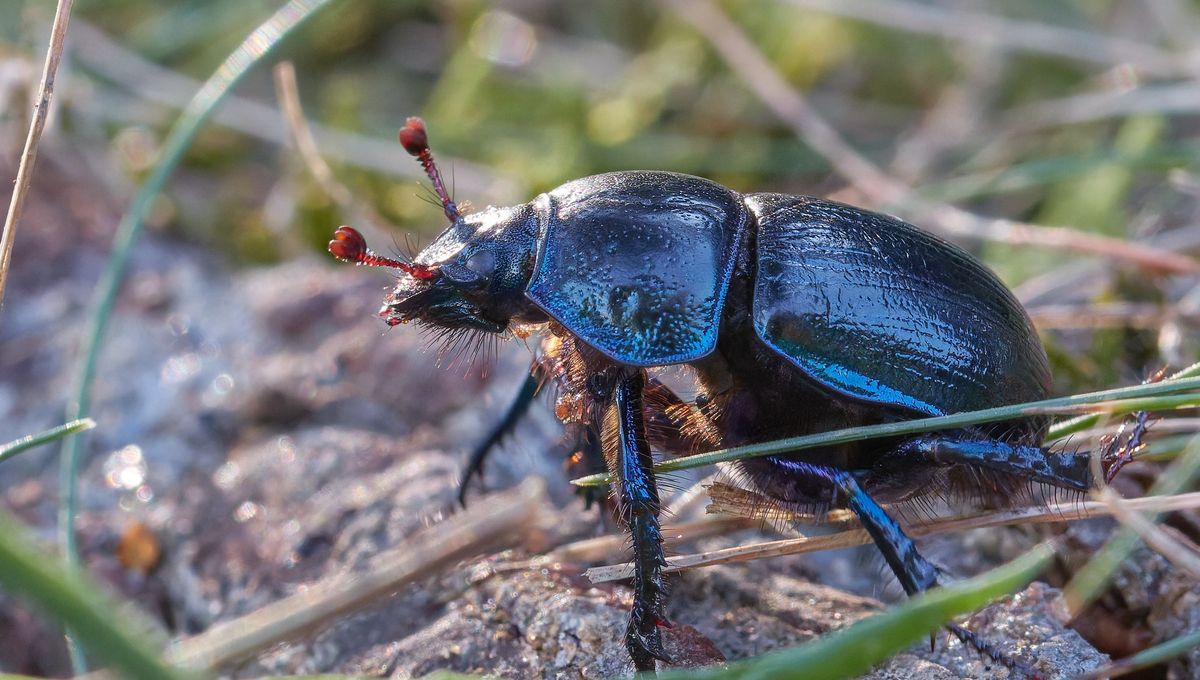
Insect populations have been declining across the world at an alarming rate, but no one has been sure why. According to a new study, intense agricultural practices are at the top of the list of causes, but there are multiple interrelated factors that are all contributing to quickly killing off these vital creatures.
People have various views of insects, but regardless of whether you find them fascinating or freaky, these organisms play a foundational role in maintaining ecosystems across the planet.
“Insects are fundamental to life on earth. They are really important pollinators, decomposers, and prey for birds, bats, reptiles, and other species”, Eliza Grames, Assistant Professor of Biological Sciences, told IFLScience.
“Insects pollinate around 80 percent of wild flowering plants, and 75 percent of agricultural crop species rely on insects for pollination. Without insects as decomposers, the earth would essentially be covered in manure. Cow manure takes 60 percent longer to deteriorate when insects are excluded from an area.”
But despite their importance, insect numbers are declining. In 2017, a devastating study demonstrated that there has been more than a 75 percent decline in insect populations over the last three decades. As a result, scientists have been seeking to identify the likely causes for this decline.
The drivers of insect decline are really complex and there are many overlooked stressors that we should be thinking about and researching.
Eliza Grames
In order to understand which causes the scientific community has found so far, Grames and colleagues from Binghamton University examined some 175 scientific reviews, which contained over 500 hypothesized drivers behind the decline. This information allowed the team to create an interconnected network of 3,000 possible links, known as a meta-synthetic approach, which spanned everything from beekeeping and deforestation to urban sprawl and parasites.
“It’s really hard to talk to everybody about what everyone thinks. And so instead of getting 600 people into a room, we decided to take an approach where we read every paper that’s either a review or a meta-analysis,” Christopher Halsch, a postdoctoral researcher at Binghampton, explained in a statement.
“The idea was to read them and extract what people say are ‘causal pathways’. For example, agriculture leads to pollution, which leads to insect population decline. Then we built a giant network out of them to see which ideas are more often connected to each other, and which stressors are most often seen as the root causes.”
Within this network of information, the team found that intensified agriculture was the most cited driver behind the mass die-off. This was linked to issues such as land-use change and insecticides. However, focusing solely on the most cited drivers is not the way to interpret this information. As the team note in their work, the results show how interconnected the drivers are, highlighting complex issues.
For example, the climate may be an important driver behind the decline, but there are aspects within that, such as extreme precipitation, fire, and temperature rises, which can then contribute to other drivers. It’s an extremely connected and synergistic network.
“The drivers of insect decline are really complex and there are many overlooked stressors that we should be thinking about and researching,” Grames told IFLScience.
It also demonstrates how myopic our approach to this problem can be. For instance, the International Union for the Conservation of Nature tracks potential threats challenging insect conservation; however, a huge number of these are never mentioned in recent scientific literature on insect decline. Subjects like natural disasters, human intrusion and disturbances, or even the effects of war on local populations are not included in the existing research.
So, there are large areas that we know impact biodiversity, but they have not been considered in the context of insect decline in recent work.
There is also a tendency for research, and the media reporting on this work, to focus on specific “charismatic” or “popular” species that get more interest. Butterflies and bees get a lot of attention, even though they make up a tiny percentage of insect biodiversity.
“Researchers are also mostly thinking about the drivers of pollinator decline, but there are an estimated 5.5 million insects that have a huge diversity of needs and are impacted by many different stressors. The conservation actions we might do to support pollinators, like planting more wildflowers, will only benefit them as adults and we need to consider their needs at other life stages, as well as the needs of other insects that are not studied as frequently,” Grames added.
The study is published in the journal BioScience.
Source Link: Bugpocalypse: Why Insect Populations Tanked By 75 Percent In Just 30 Years